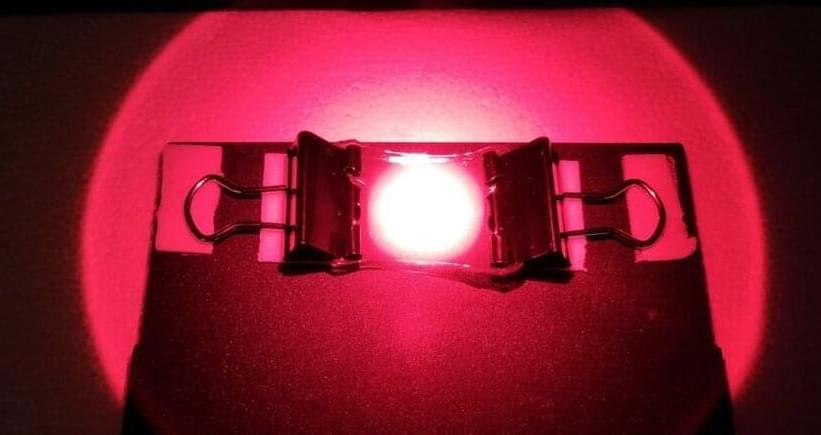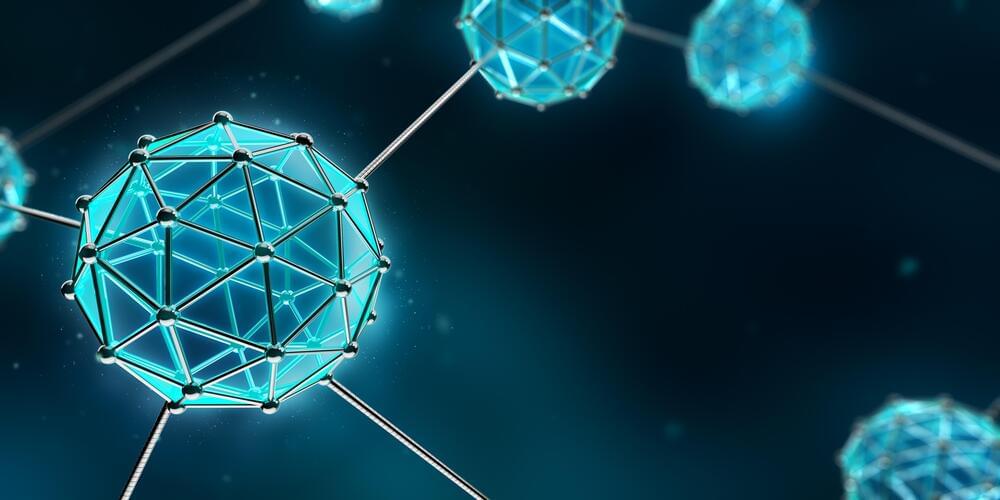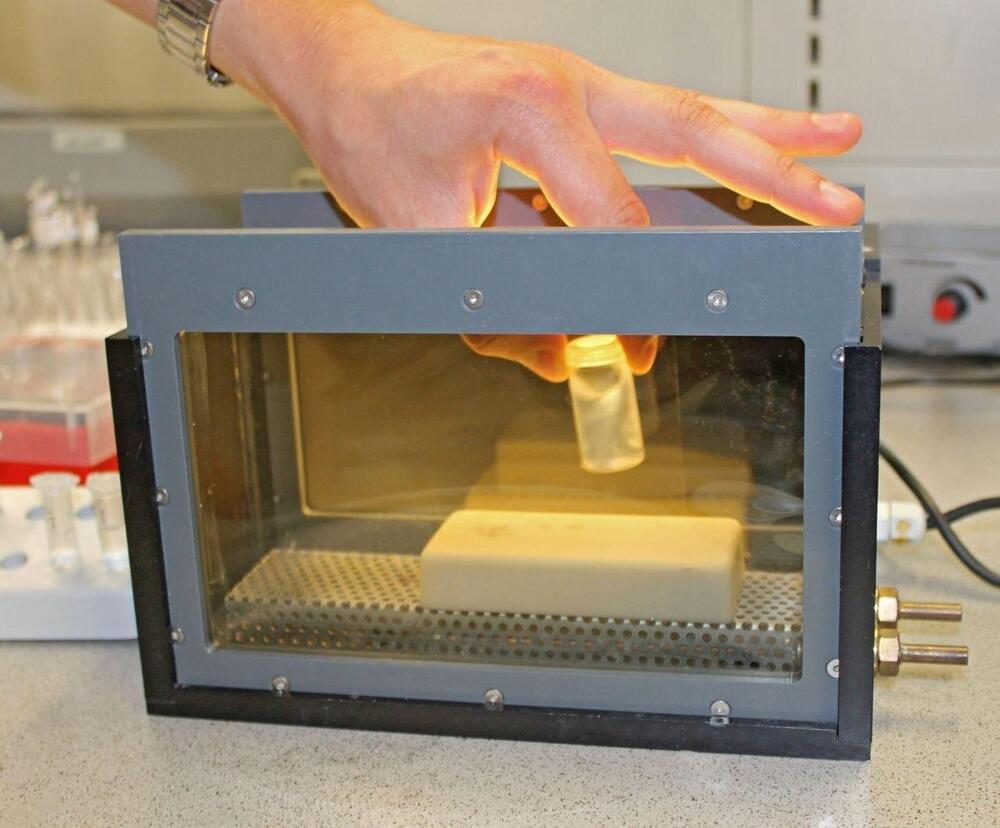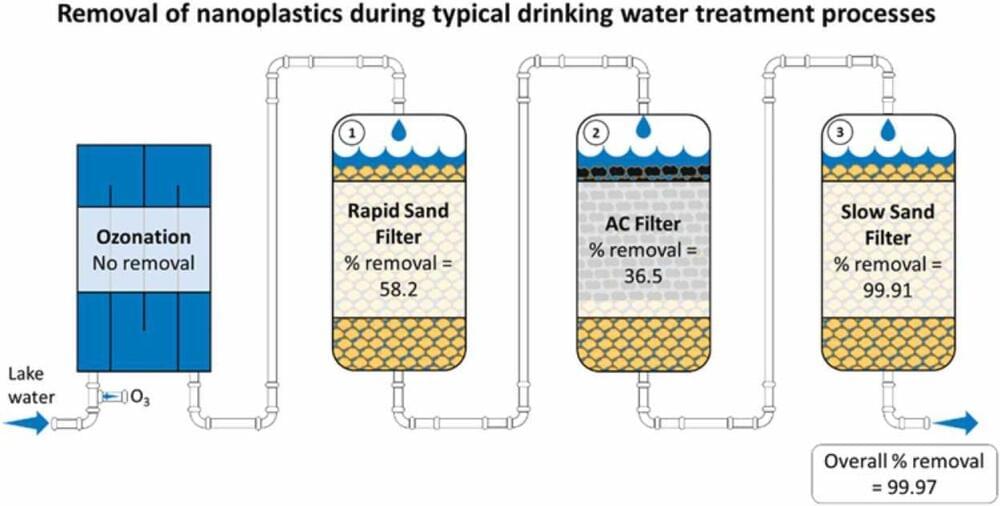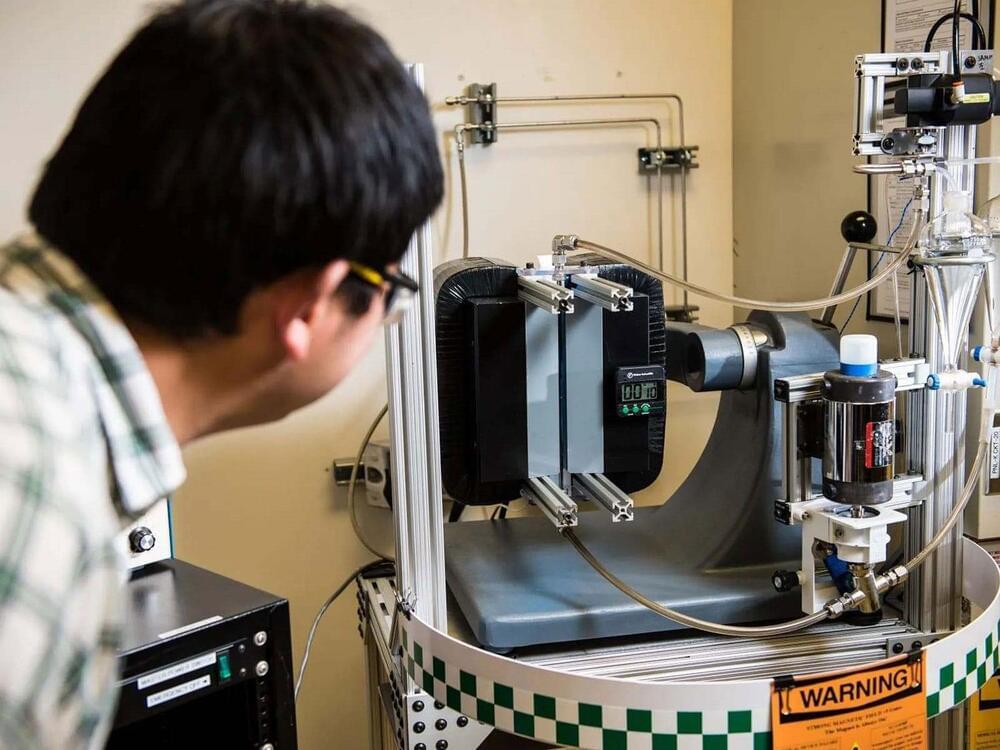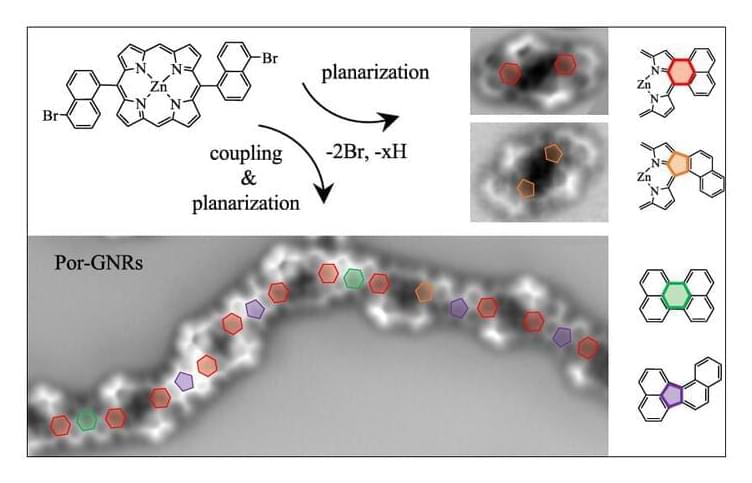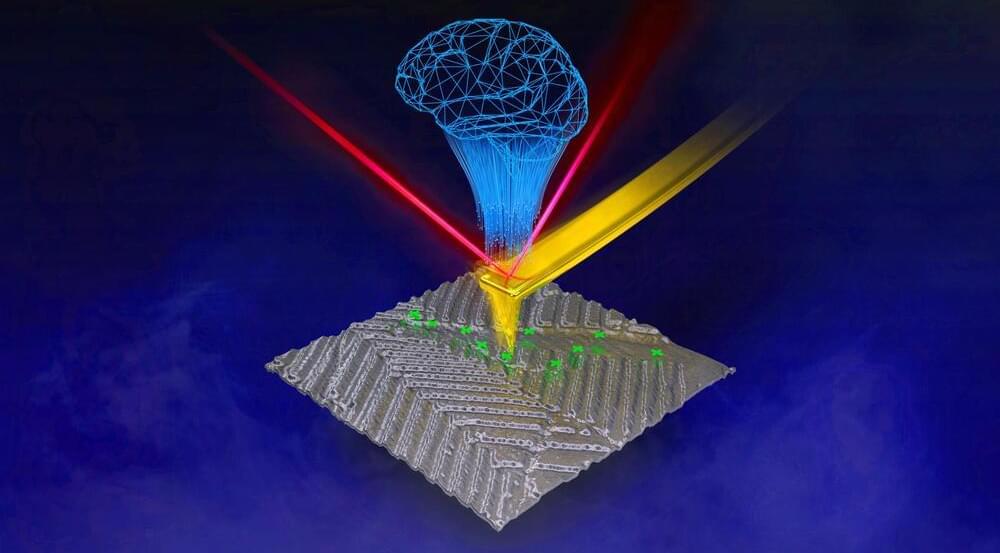Jun 1, 2022
Gold nanoparticles arranged
Posted by Genevieve Klien in categories: biotech/medical, nanotechnology
A new technology is using particles of gold to make colors. With further work, the method developed at Aalto University could herald a new display technology.
The technique uses gold nanocylinders suspended in a gel. The gel only transmits certain colors when lit by polarized light, and the color depends on the orientation of the gold nanocylinders. In a clever twist, a collaboration led by Anton Kuzyk’s and Juho Pokki’s research groups used DNA molecules to control the orientation of gold nanocylinders in the gel.
“DNA isn’t just an information carrier—it can also be a building block. We designed the DNA molecules to have a certain melting temperature, so we could basically program the material,” says Aalto doctoral candidate Joonas Ryssy, the study’s lead author. When the gel heats past the melting temperature, the DNA molecules loosen their grip and the gold nanocylinders change orientation. When the temperature drops, they tighten up again, and the nanoparticles go back to their original position.
